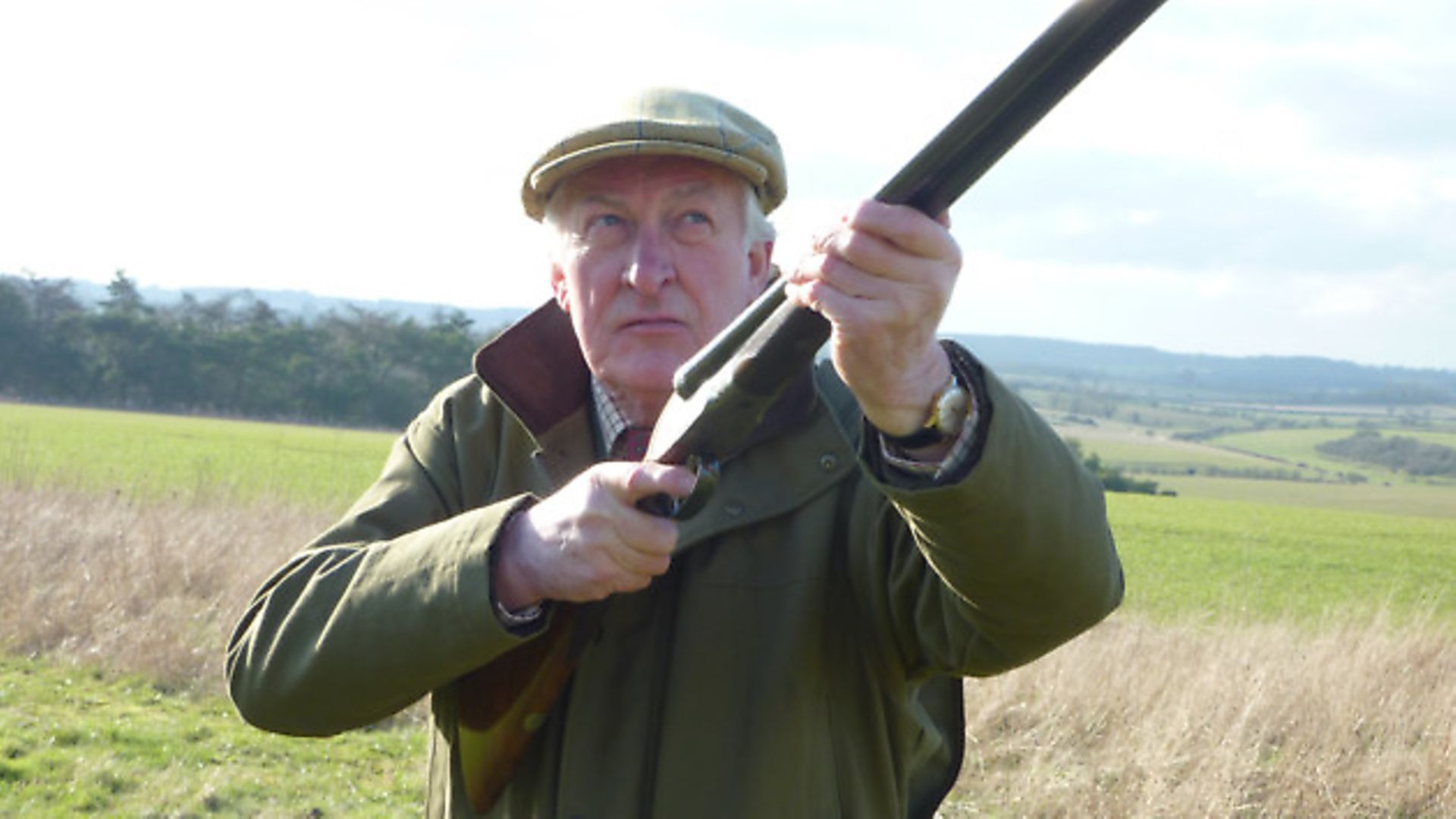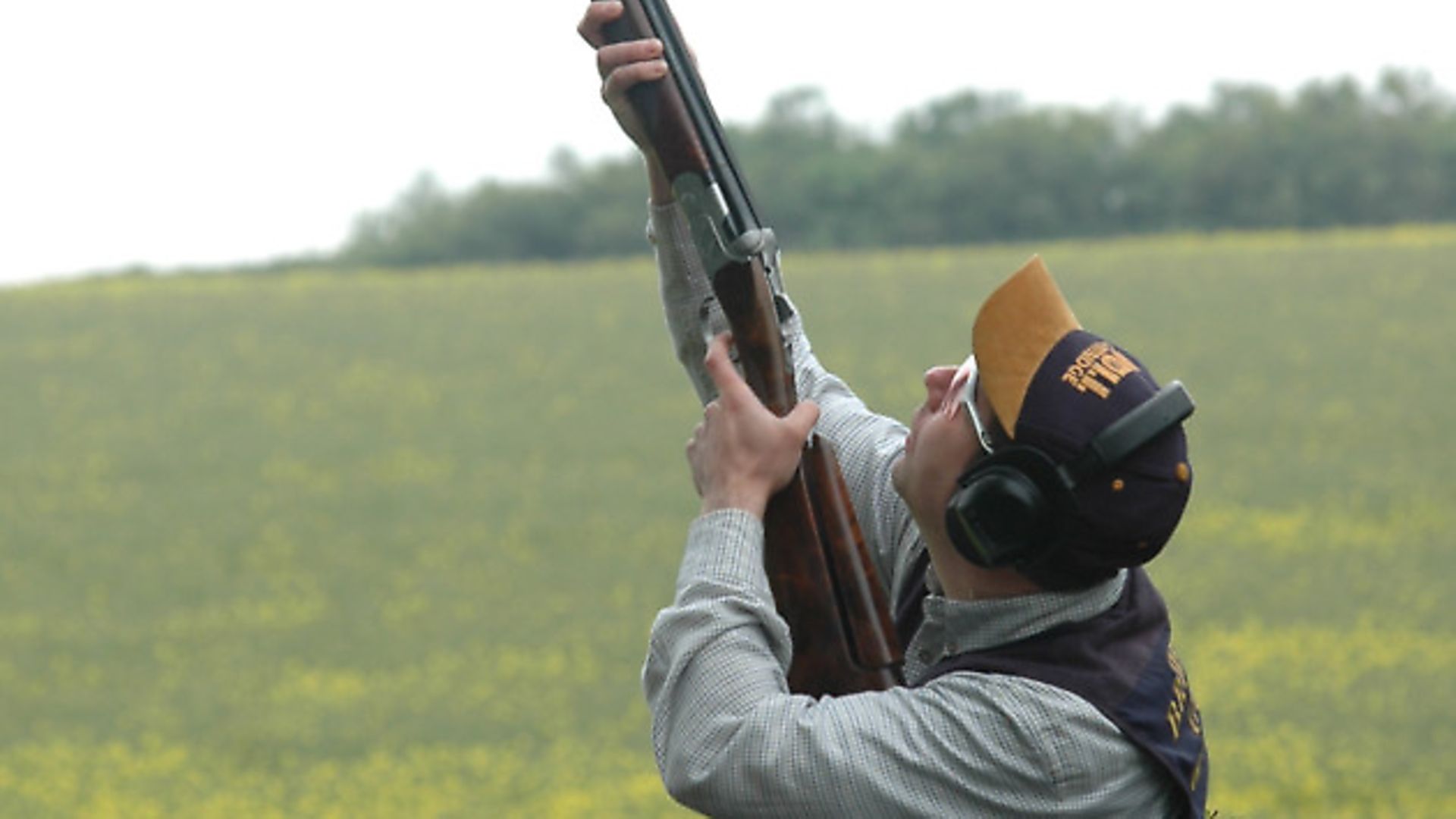You can be both. Vic Harker explains why…
 credit: nick ridley
credit: nick ridley
Devotees of the double-barrelled shotgun tend to be divided into two camps as both are convinced of the superior qualities of each type. The side-by-side preceded the over-and-under by some time, although I should point out that gunmakers had experimented with the superposed barrel concept at various times before something genuinely practical was produced. This was largely due to the difficulties of adapting the available lock-work of the time.
 credit: Vic Harker
credit: Vic Harker
In contrast, from its beginnings the side-by-side incorporated both flintlock and percussion cap systems into muzzle loading guns very successfully. The invention of the centrefire cartridge made the hammerless ejector possible, and with it this type of sporting gun achieved a pinnacle of mechanical function and aesthetics somewhere between 1880 and the beginning of the 20th century.
 credit: don brunt
credit: don brunt
As made by the best London gunmakers – Purdey, Holland and Holland, Boss & Co. and some others – many thought that the double-barrelled shotgun could not be improved, and in many ways this was true. It had come about not only through the genius of the gunmakers, but also the demands their customers placed upon them. During this period the wealthy landowning classes discovered the battue, whereby large numbers of game birds were reared and driven over teams of Guns strategically placed to provide the most challenging and exciting sport.
Driven game shooting, as the British called it, gave the impetus gunmakers needed to create shotguns not only of reliable design but also possessing unsurpassed handling qualities in terms of feel and balance that made them a joy to use.
Even the great hiatus of WWI, with all its financial implications for the landed gentry, did not put an end to driven game shooting. There were other kinds of rich people, without the heritage of land perhaps, but with the money to buy or rent it. Ever larger bags were sought and this required fast handling guns that could be reloaded more quickly. Self-opening guns, first introduced in 1879, became more popular.
The answer for some was Robert Churchill’s 25” barrelled gun. With the vast number of driven birds shot within 30 yards, guns generally became shorter and lighter – weighing 6½lbs, not 7, while 28” barrels became the norm rather than 30”. Then with the onset of WWII the development of the English side-by-side gun more or less ended. The age of austerity that followed WWII continued for at least two decades. There was, though, a growing prosperity among a far wider section of society than before – people who sought new diversions of every kind, one of which was clay pigeon shooting. Admittedly this was mainly amongst the rural classes or those connected to them, but it attracted a following that grew. Competition improves the breed, or at least changes it, and while the side-by-side gun had, for most shooting people, met their every requirement, clay target shooting required something rather different.
The over-and-under
The over-and-under was nothing new. It had been developed in the early part of the 20th century by English makers but they found the greatest demand for it came from Americans. As a nation of riflemen, the narrow sighting plane no doubt seemed familiar, and its heft and balance were not unlike the magazine loading lever action rifles many of them favoured.
Whatever the reason, those that could afford them found these guns particularly suited to clay pigeon shooting. A narrow line of sight is obviously helpful when shooting a small and fast departing target, while something a little heavier, and therefore inherently more stable under recoil, was a benefit if you didn’t have to carry it far.
A half a century later all this was becoming apparent to the British, and in the late 1920s John Browning developed his over-and-under gun. A combination of Browning’s inventive genius together with the volume production methods developed by Fabrique Nationale in Belgium had produced a reliable, well-balanced over-and-under shotgun that a lot of people could afford. In the 1950s and 60s the British took the Browning to their hearts. Champions like Joe Wheater and Bob Braithwaite emerged and conquered the very heights of international clay target competition and never considered any other gun. Other manufacturers followed with their own over-and-under designs, the best of them usually made in Italy.
The modern way
With clay target shooting now available at clubs and shooting grounds around the country, many people look no further than the first shotgun they become familiar with: the over-and-under. And so far as serious competitive shooting is concerned, they have no need to do so – the over-and-under is the best choice for reasons I have already mentioned. The game shooter, however, has other considerations. He may carry his gun some distance, and there is no more companionable or practical gun for the rough shooter than the side-by-side. Though perhaps not quite as pointable as the over-and-under, as a sporting gun of opportunity nothing comes faster or more easily to hand.
For the driven game shooter it’s also worth noting that many of the most experienced and wealthy shooters who shoot game in great numbers still favour the side-by-side. I do not, please note, include in this members of the ‘higher and higher’ club, who stand in deep valleys and shoot birds driven over them at great height. The long barrelled over-and-under, with its combination of pointability and the capacity to digest the heaviest loads with the least discomfort, comes into its own at ranges well beyond 40 yards. At the same time, for the shooter who has to deal with great numbers of birds at moderate ranges and perhaps has a requirement for double gunning, the side-by-side can be the natural choice – its narrow gape provides faster loading and quicker handling qualities.
Most of us may never reach the pinnacles of any kind of shooting, either at the Olympic Games or on the multi millionaire’s grouse moor. This is still no reason why we can’t enjoy the facility a well balanced over-and-under provides for busting clay targets with ruthless efficiency, or experience the benefits the side-by-side provides, in every kind of game shooting scenario from the covert side to the salt marsh. Side-by-side or over-and-under? There’s a lot more to guns than just pulling the trigger; like craftsmanship, their history and, perhaps most of all, learning to appreciate and enjoy the many qualities good guns of both types possess.
By Vic Harker